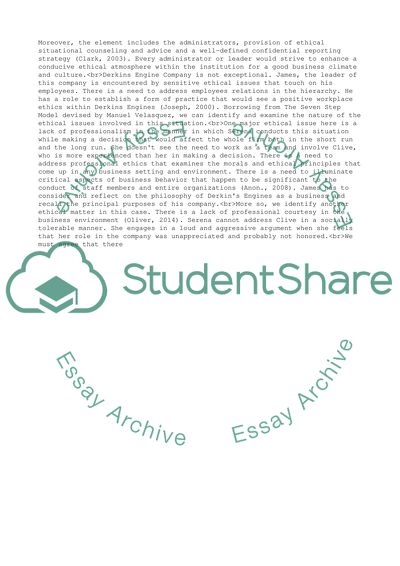Cite this document
(Business in Ethics Case Study Example | Topics and Well Written Essays - 1750 words, n.d.)
Business in Ethics Case Study Example | Topics and Well Written Essays - 1750 words. https://studentshare.org/business/1850381-business-in-ethics
Business in Ethics Case Study Example | Topics and Well Written Essays - 1750 words. https://studentshare.org/business/1850381-business-in-ethics
(Business in Ethics Case Study Example | Topics and Well Written Essays - 1750 Words)
Business in Ethics Case Study Example | Topics and Well Written Essays - 1750 Words. https://studentshare.org/business/1850381-business-in-ethics.
Business in Ethics Case Study Example | Topics and Well Written Essays - 1750 Words. https://studentshare.org/business/1850381-business-in-ethics.
“Business in Ethics Case Study Example | Topics and Well Written Essays - 1750 Words”. https://studentshare.org/business/1850381-business-in-ethics.


